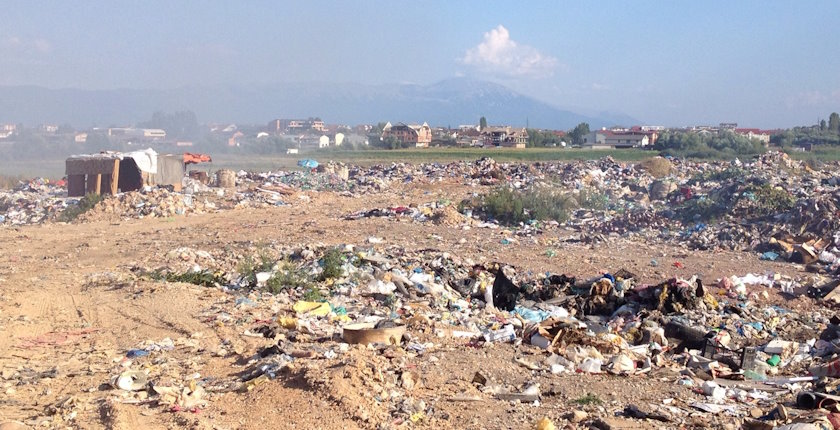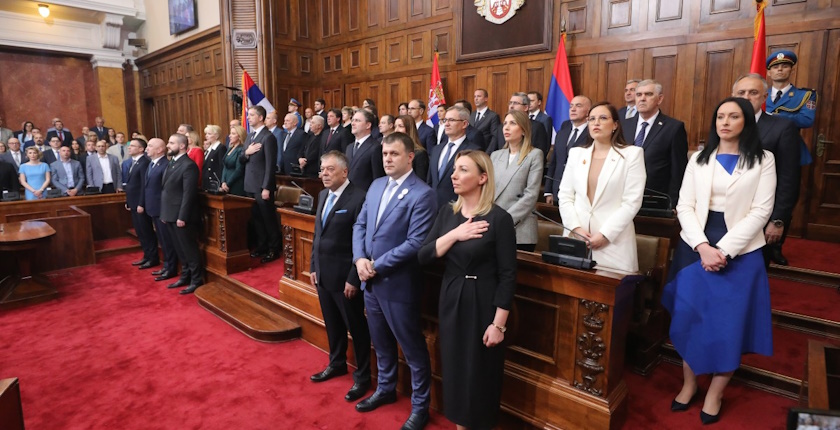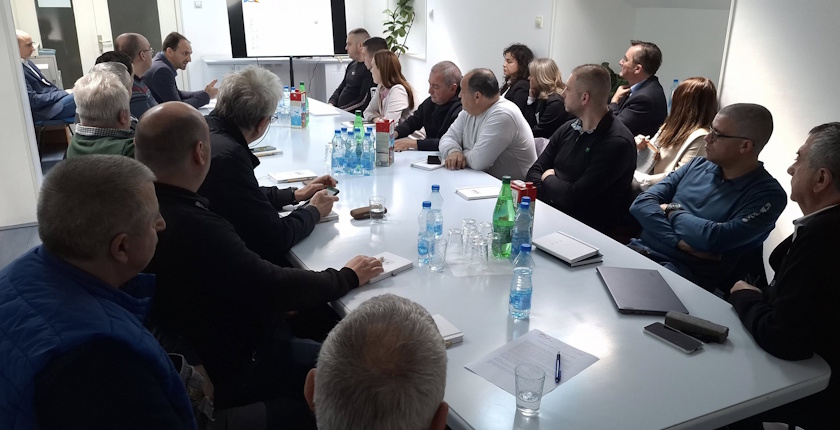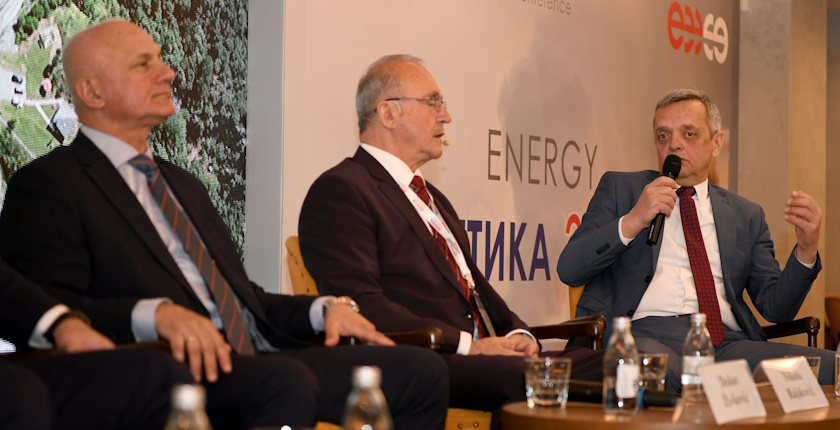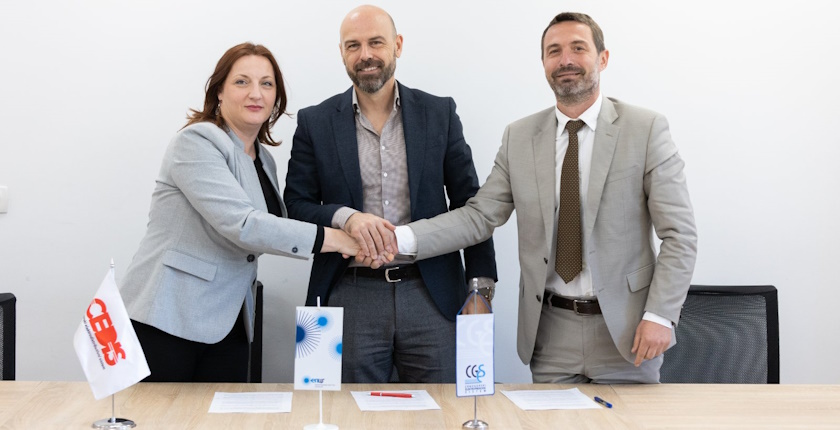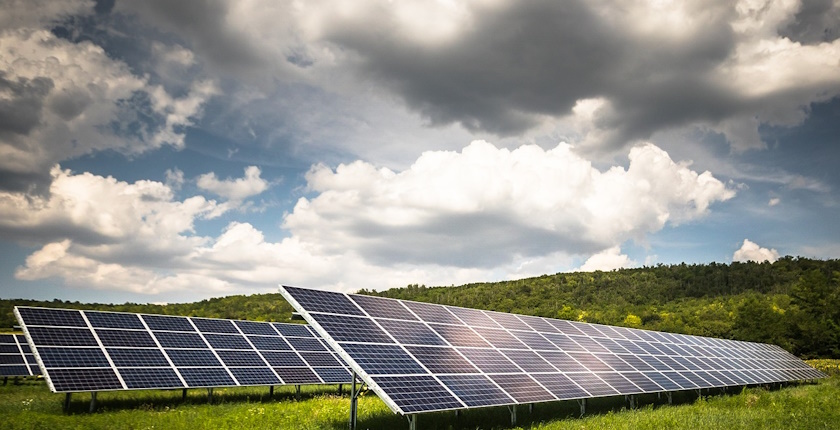
OMV Petrom, CE Oltenia pick contractors for four solar power plants
Oil and gas company OMV Petrom and coal power utility Complexul Energetic Oltenia (CE Oltenia) have signed design and installation contracts for four solar power plants.
In October 2022, OMV Petrom and Complexul Energetic Oltenia said they would build four photovoltaic parks with a combined capacity of 450 MW at former coal mining locations using European Union funds. The two companies are equal partners in the joint venture, each holding a 50% stake.
Now OMV Petrom announced that the four projects would have a total installed capacity of approximately 550 MW, higher than initially planned.
The capacity increase is a result of innovative solutions maximizing power production capability
The increase is a result of innovative solutions that the contractors proposed, to maximize the power production capability, according to the company.
The design and execution of three of the four photovoltaic parks – Rovinari, Tismana 1, and Tismana 2 – with a combined capacity of around 460 MW, was awarded to a consortium formed by US-based Ameresco and Sunel, reads the press release. The latter is registered in the United Kingdom, but its operational headquarters are in Athens, Greece.
The consortium is already active in the region, and recently it launched construction of a giant solar power plant in Greece.
Girisim Elektrik installed the largest solar power plant in Serbia
Turkish company Girişim Elektrik is in charge of the fourth photovoltaic park, with a capacity of around 90 MW. The site is at the former CE Ișalnița power plant, on its slag deposit.
The latest project in the surrounding region that was completed by the contractor is thelargest solar power plant in Serbia. Girişim also installed one of the first utility-scale solar power plants in the Western Balkans – the 10 MW Oslomej unit in North Macedonia.
Of note, tenders for contractorsattracted investors from China, Turkey, the United States, Germany, and Ukraine.
EUR 400 million investment
OMV Petrom estimates the total investment for the four solar projects at over EUR 400 million, of which approximately 70% is financed through the European Union’s Modernisation Fund.
According to Frank Neel, member of the company’s executive board responsible for gas and power, the new contracts are a firm step in strengthening its position in the renewable power sector.
“Through our Strategy 2030, we aim to be a key player in Romania’s energy transition, with the ambitious target of developing 2.5 GW of capacity, including partnerships, from renewable sources – wind and solar,” he added.
The projects will be built on land owned by CE Oltenia, in the Gorj and Dolj counties.
The generated electricity would be delivered to the national power grid and it is expected to cover the annual electricity consumption equivalent of approximately 410,000 households in Romania, OMV Petrom said.

